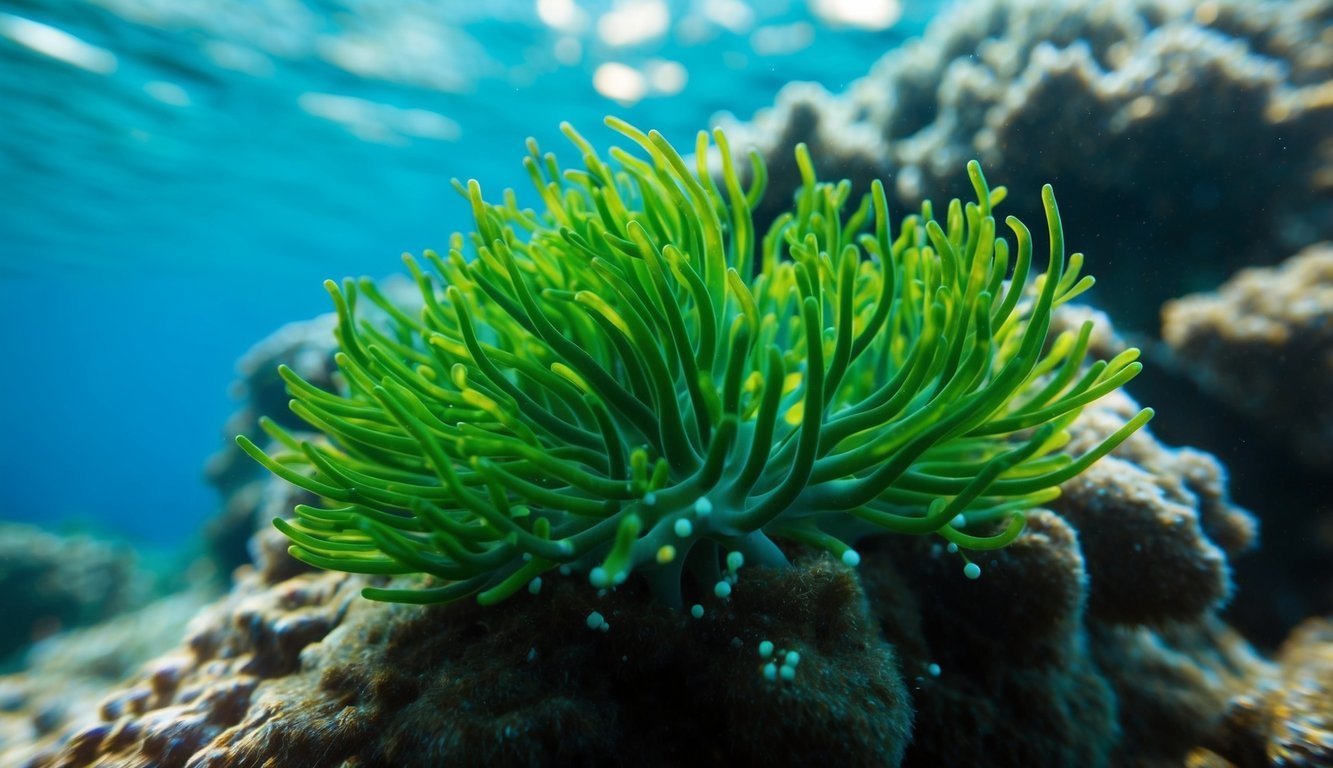
The microalga Nannochloropsis oceanica is rapidly gaining attention as a sustainable source of vital nutrients, including protein, omega-3 fatty acids, and vitamin K2.
A recent study from the DTU National Food Institute emphasizes how crucial cultivation conditions, particularly temperature and light, significantly influence the yield of these nutrients.
Emergence as a Sustainable Food Option
As the need for sustainable food options grows, microalgae, with their impressive nutritional profiles, are emerging as a top contender.
Nannochloropsis oceanica stands out for its remarkable ability to produce high amounts of protein, the essential omega-3 fatty acid EPA, and vitamin K2.
Nevertheless, optimizing growth conditions is essential for maximizing nutrient production.
Researchers at the DTU National Food Institute conducted a study that highlights temperature and light intensity as key factors affecting the nutrient output of this microalga.
Research Highlights and Recommendations
Emil Gundersen, a PhD student involved in this research, pointed out that most earlier studies have largely focused on the growth rates and biomass yields of Nannochloropsis oceanica, with an emphasis on its fatty acid production.
This new investigation, however, takes a more comprehensive approach by looking at the simultaneous production of protein and vitamin K2 along with algal growth.
The results offer an integrated perspective by analyzing protein, fatty acid, and vitamin K levels as the microalga develops.
This comprehensive methodology aims to refine cultivation techniques, thereby increasing the nutrient density of the biomass.
Gundersen highlighted that higher temperatures and intense light trigger rapid growth and enhance protein synthesis in Nannochloropsis oceanica.
Conversely, reducing temperature leads to increased concentrations of omega-3 fatty acids and vitamin K2.
In light of these findings, the research team suggests employing a two-phase cultivation approach.
They recommend beginning with higher temperatures and light levels to maximize growth and protein production.
Afterward, adjusting the temperature can facilitate the generation of omega-3 fatty acids and vitamin K2.
Future Directions and Potential
While these conclusions derive from laboratory-scale experiments, the researchers are optimistic that these trends can be applied to larger production systems.
Gundersen expressed confidence in the temperature regulation techniques used in fermentation processes, asserting that they could be effectively adapted for commercial microalgae cultivation in the future.
Vitamin K2 is often obtained from animal sources such as meat and dairy, which can be a hurdle for those following plant-based diets.
The ability of microalgae to provide a vegan-friendly alternative for this essential nutrient is a significant advantage.
Looking ahead, the next step in this research will be to improve the bioavailability of the proteins, omega-3 fatty acids, and vitamins found in the microalga.
The thick cell walls of microalgae can pose challenges for digestion, making this an important focus area.
Much like plants, microalgae harness light and carbon dioxide for growth and can be cultivated in specialized systems known as photobioreactors, which are transparent tubes designed to supply adequate light and airflow.
Despite Denmark’s leadership in biomass production through bacterial fermentation, its microalgae sector is still in its infancy, largely due to the lack of advanced indoor cultivation systems suited to the country’s cooler climate.
In contrast, regions with milder weather, such as Southern Europe, benefit from more economical outdoor cultivation.
Nevertheless, the nutritional value of microalgae remains compelling.
Rich in essential amino acids, long-chain fatty acids, vitamins, and minerals, microalgae can be cultivated on non-arable land, using primarily renewable energy sources.
Gundersen noted that this type of cultivation reduces dependence on organic carbon, which is often derived from sugars in traditional fermentation.
Furthermore, microalgae only require a small number of inorganic nutrients, which can potentially be sourced from wastewater produced by other industries.
Source: ScienceDaily

